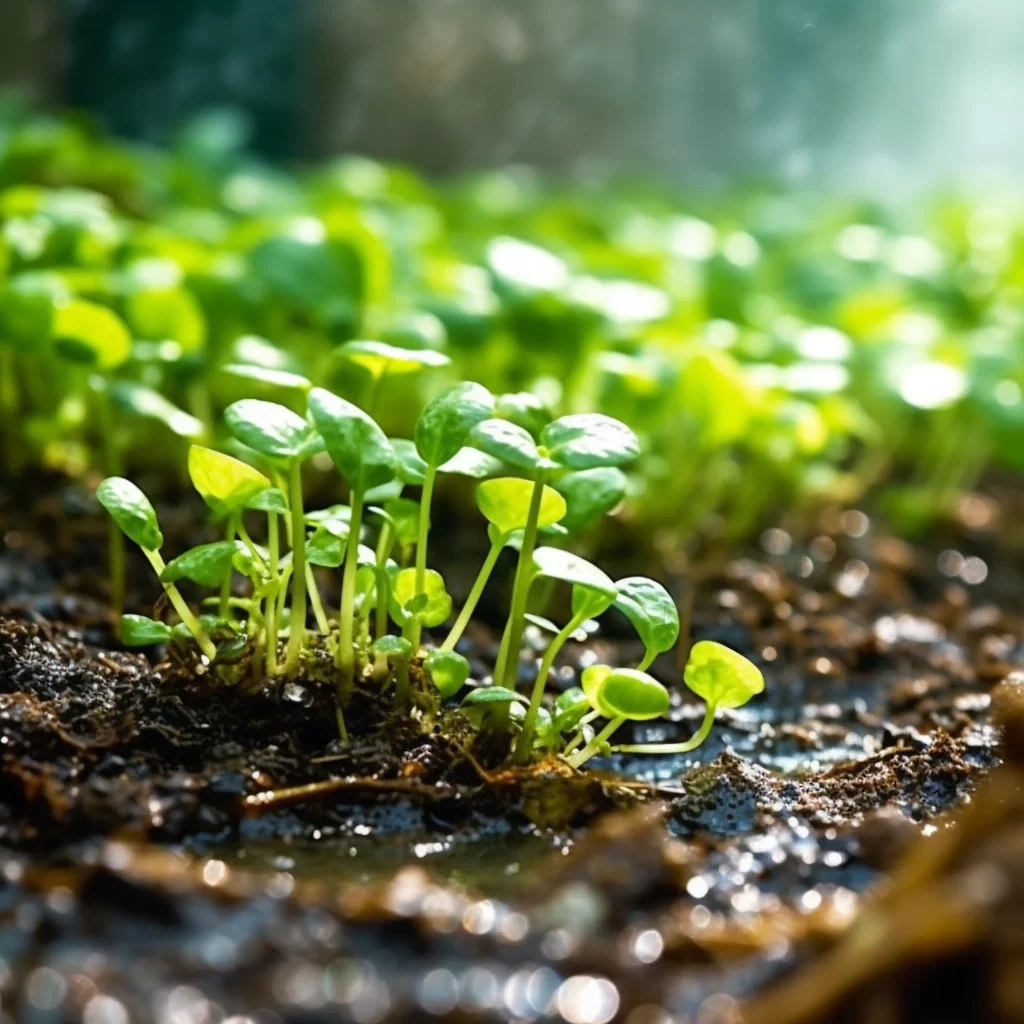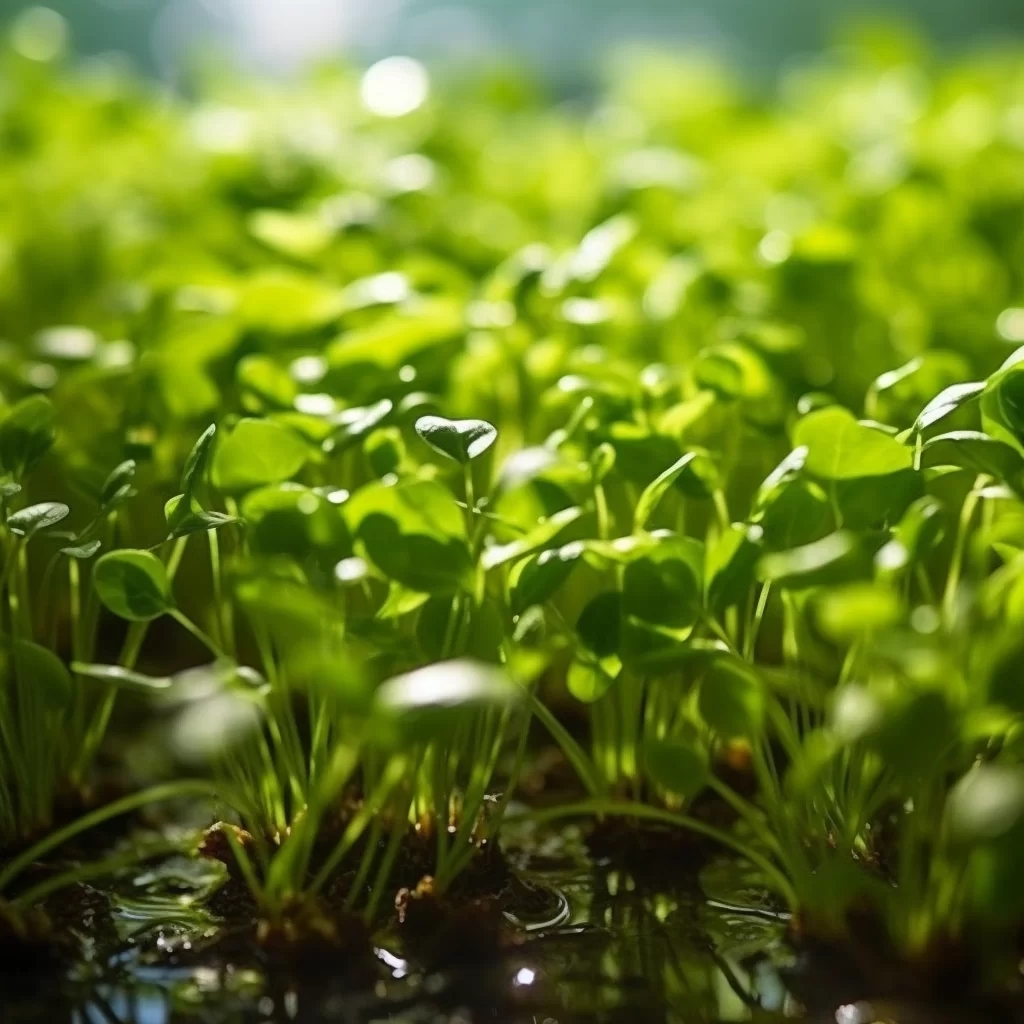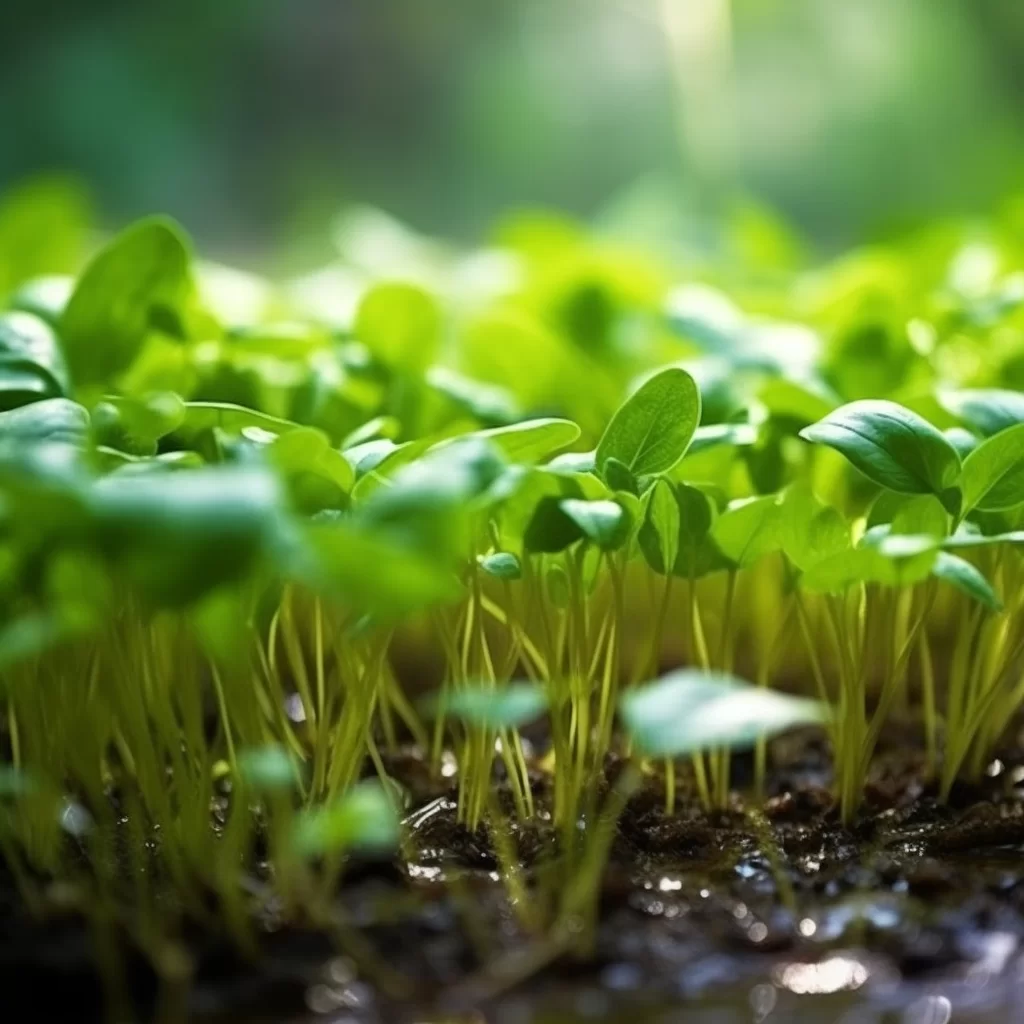Story of Day :
Contents
The Watercress Plant: A Complete Guide and Care Tips
Watercress is an aquatic plant that has been cultivated for centuries.
It is a nutrient-dense leafy green loaded with antioxidants, vitamins, and minerals.
The water-loving herbaceous perennial grows in shallow water streams, creeks, or ponds.
In this article, we’ll provide you with a complete guide to growing and caring for the watercress plant.
History of Watercress
Watercress has been used since ancient times by the Greeks to treat blood disorders such as anemia and jaundice.
The Romans also believed in its medicinal properties and utilized it as a natural aphrodisiac.
Growing Watercress
You can grow watercress indoors or outdoors as long as there is access to running freshwater that maintains temperatures between 50°F-75°F (10°C-25°C).
Indoor Growing
- To grow your watercress indoors:
- Purchase seeds online or at your local nursery – make sure they are organic if possible.
- Add potting soil to small pots with drainage holes at the bottom.
- Sprinkle several seeds on top of each pot – about six per pot.
- Cover them lightly with soil – no more than ¼ inch (6mm) deep.
- Add freshwater daily to keep the soil moist – without submerging it completely in standing water which could lead to root rot.

Outdoor Growing
- To grow your plants outdoors:
- Select a shaded area near running freshwater such as streams or shallow pools like rice paddies or ponds.
- Prepare the soil: It should be sandy loam or silty soil, enriched with organic matter like compost.
- Plant the seedlings in a shallow trench about 2-3 inches deep and water regularly to keep the soil moist.
Caring for Watercress

Watering
The watercress plant is aptly named because it needs a lot of water to grow.
Ensure that your plants always have access to running freshwater – whether grown indoors or outdoors.
Avoid overwatering as this could lead to root rot.
Fertilizing
Fertilize your plants with a balanced fertilizer once every two weeks, especially if you are growing them in pots inside, as they may need extra nutrients.
You can also enrich the soil with organic composts like manure which will provide nutrients without using chemicals that could harm aquatic life.
Pests and Diseases
Watercress is relatively disease-free and resistant to pests when grown under optimal conditions; however, watch out for mildew or fungal infections caused by dampness and humidity (not enough airflow).
Regularly inspect your plants for any signs of disease or insect infestations such as aphids which can be removed by hand-picking them off before they lay eggs on leaves causing damage to foliage over time.
Harvesting Your Watercress

You can start harvesting your watercress once it has reached about 4-6 inches in height – pluck the leaves from their stems at ground level gently making sure not to uproot entire plants at once! It’s important not only for healthy growth but also biodiversity within ecosystems around freshwater areas where these plants grow naturally.
Conclusion
Growing watercress is not only fun but also a nutritious and delicious way to add some variety to your diet.
Keep in mind that these plants require ample amounts of freshwater, nutrients, and sunlight.
Regardless of whether you’re growing them indoors or outdoors, regular monitoring for any signs of pests or disease will ensure their continued growth.
With these tips in mind, you should be well on your way to having a bountiful harvest in no time!